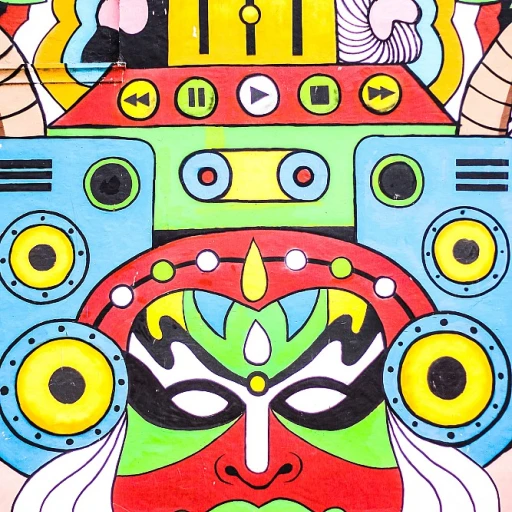
Steve, can you share the moment or experience that sparked your passion for astrophotography, especially focusing on celestial landscapes and deep-sky imaging?
it all began in 1997 with the Hale-Bopp comet.
one evening as I was walking home from table tennis practice, I noticed this huge, bright thing in the sky.
my curiosity as a 13-year-old boy was put to the test, as I had no internet connection or access to a service like google, I had to find it out by myself. the first person who could have helped me at the time was my father.
Unfortunately, having never been confronted with this kind of phenomenon before, he couldn't give me any more precise explanations.
I then began my own research in my school library, and before I'd even managed to find a pleasant answer, a whole section of the TV news was devoted to this comet, followed by numerous TV documentaries on the subject.
And that's exactly when it all started.
My desire to know more wasn't calmed, but it was increased tenfold.
From that moment on, I watched every documentary available on the subject, and here I am 27 years later, taking pictures of space.
until the age of 33 I did not know that an amateur like me could take pictures of space, I thought it was a discipline reserved for people working for NASA. but one day I came across a video of a Canadian named Trevor Jones also known as Astrobackyard who with the help of a camera and a telescope took pictures of nebulae and galaxies.
That's where my adventure in astro photography began. on youtube a video leading to another I came across the channel of Alyn Wallace (who unfortunately left us at the beginning of this year at the age of 33) he remains to this day my greatest source of inspiration and motivation, his photos are breathtaking and I think he is THE photographer who had the greatest influence in this discipline, he practically dedicated his life to it, creating accessories to make our lives as astrophotographers easier and wrote the bible of astrophotography "Photographing the night sky"
How do you balance capturing both the expansive beauty of the Milky Way alongside terrestrial landscapes in your astrophotography work?
it's not easy to have a beautiful image in landscape asptophotography, there are so many rules of photos that apply to have a pleasant result, it takes years of practice to be able to instinctively get it, and I don't get it every time.
At the beginning we just focus on the Milky Way but over time we start to integrate more and more parts of landscapes. Which leads after years of practice to challenge ourselves to find more and more unusual places.
The important thing is to have a certain balance in your photo so that neither the landscape nor the Milky Way takes over. The photo must be harmonious and be taken in such a way that the landscape complements the Milky Way and vice versa.
often people think that we are lucky and that we were in the right place at the right time but it takes a little more than luck to get there, at the beginning everything starts with a place that we would like to photograph, then comes the time of research: is the object that we want to photograph well oriented to align with the Milky Way? if so, is it easily accessible? is there a moon that risks disturbing the photo with its brightness etc.
And the most important is the weather. I have already had to make three attempts for a photo before having a suitable result.
but it is all these challenges that make astrophotography so enjoyable
You mentioned a fascination with understanding the origins and phenomena behind your subjects. Could you delve into how this curiosity influences your photographic process or the way you choose your subjects?
in astrophotography it is very often the opposite that happens, it is the photo that arouses curiosity and the desire to know. because by analyzing the photos more closely we realize certain phenomena or structures whose existence we ignore, which leads to researches to know what we are dealing with.
And sometimes it can even lead to discoveries. Some astrophotographers photograph the sky daily to discover new things not recorded to date, one of the leaders in the field is Bray Falls an American astrophotographer, who has discovered several unrecorded objects in recent years
but What has a clear influence on the things I photograph is the equipment I have at my disposal, because in astrophotography we use from a certain level ( especially in deep-sky)very specific cameras with very substantial equipment that very often is extremely expensive. In deep-sky imaging are are many things to consider to choose the right target as light pollution , the position of the object in the night sky what camera do i use, is it a broadband target like a galaxy or a narrowband target like nebulae that requiers a narrowband filter to insulate the light coming from the nebulae.
In the realm of deep-sky photography, capturing galaxies and nebulae can be quite challenging. What are some techniques or strategies you've developed to overcome these challenges?
in deep sky photography it is important to know the nature of your target, depending on what you want to photograph the way of doing it is not the same, one thing on the other hand that is important regardless of the target , it is is to be patient, to apply yourself to each photo session and above all to respect the different steps,
at the beginning of my journey I was always in a hurry, impatient to have a result and often the result was not very good.
In deep-sky astrophotography the rule is simple, the more time you invest time on a target the better the result will be, because in deep sky astrophotography you can accumulate several hours or even several nights of shooting on one and same target, it is in reality hundreds or even thousands of photos that we will stack in software specially designed for this purpose which will then undergo heavy photo processing to bring out the hidden details.
Because of the time invested per target it is essential to plan your photo sessions as well as possible to lose as little exposure time as possible.
Taking into account the position of the object in the night sky with the time available per night to image it , to avoid ending up with too little exposure time before the target is no longer photographable until next season.
Astrophotography often requires a keen understanding of both photography and astronomical science. How do you approach bridging these two disciplines in your work?
as an astrophotographer, bridging photography and astronomical science is essential for capturing the beauty of the night sky.
I prioritize understanding celestial objects, their movements, and key astronomical events. This helps me plan my shoots effectively, whether it's capturing a specific galaxy, nebulae or photographing the Milky Way
I focus on mastering the technical aspects of photography, such as exposure, ISO settings, and composition. Understanding how to manipulate these variables allows me to highlight the intricate details of deep-sky objects and landscape features.
I utilize specialized equipment like small telescopes, lenses and a astromodified camera. Along with tracking mounts that help compensate for the Earth’s rotation. This combination enables me to capture long exposures without star trails, resulting in clearer images.
I leverage advanced post-processing techniques to enhance my images. This involves stacking multiple exposures to reduce noise and bring out subtle details, marrying the art of photography with scientific accuracy.
I actively engage with the astrophotography community and scientific literature. This ongoing education allows me to refine my skills and stay updated on new discoveries and techniques that can enhance my work.By intertwining these disciplines, I strive to create images that showcase the stunning beauty of the cosmos
With the rapid advancements in technology, how do you see the future of astrophotography evolving and what new tools or techniques are you most excited about?
I think that in the years to come amateur astrophotography will lead to great discoveries thanks to the advancement of technology, because as amateurs we will be able to make more and more very detailed images of space. In the 1990s it was almost inconceivable as an amateur to be able to take pictures of space and 30 years later we can claim to try to reproduce a photo from the Hubble telescope, with clearly not the same amount of details or the same resolution, but put side by side very well comparable.
The technological advances of the years to come will in my opinion focus on three points: the quality and type of optics, The rise of smart telescopes equipped with automated tracking and alignment features makes astrophotography more accessible. These tools allow users to easily capture stunning images without extensive setup, which is especially beneficial for newcomers to the field.
the performance of the photo sensors which will help us to take even more beautiful photos ,the development of more sensitive and higher-resolution sensors will allow for better capture of faint objects in the night sky. This means we can produce clearer and more detailed images, even in challenging conditions.
and the third point is the software which over the past two years has already made incredible advances and which will certainly continue in the years to come.With the rapid advancements in technology, I see a bright future for astrophotography that will open up new possibilities for both amateur and professional photographers.
Overall, I’m thrilled to see how these advancements will not only enhance the quality of our images but also inspire more people to engage with the wonders of the universe through astrophotography.
For aspiring astrophotographers, what advice would you offer in terms of developing both technical skill and a deeper appreciation for the universe?
the advice I can give to a new astrophotographer is not to be in too much of a hurry, start with the basics with a simple camera and a tripod. Do not absolutely want to have the biggest lens or telescope possible, because the bigger the lens or telescope, the more difficult it is to use it and it is exactly this difficulty that can make some people give up this beautyful hobby.
Lightweight and portable gear, such as compact tracking mounts and travel-friendly telescopes, is making it easier to pursue astrophotography in various locations. This mobility encourages exploration and the discovery of unique landscapes and night skies.
A good piece of advice is to join an astronomy club to learn how our universe works and through some members learn the basics of astrophotography.
Another very good tool that I use on a daily base is youtube, youtube is full of all kinds of information posted online by the most talented astrophotographers in the world

-full.webp)
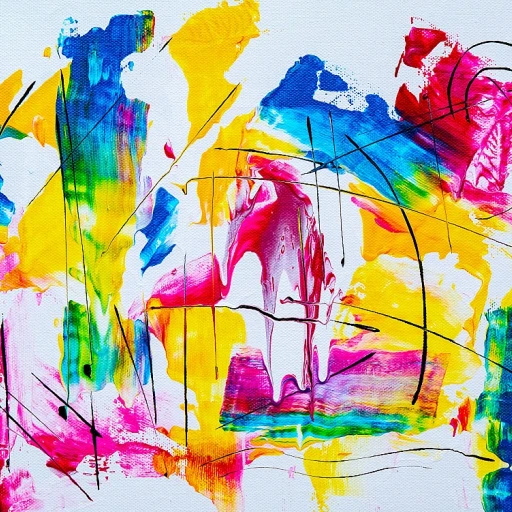
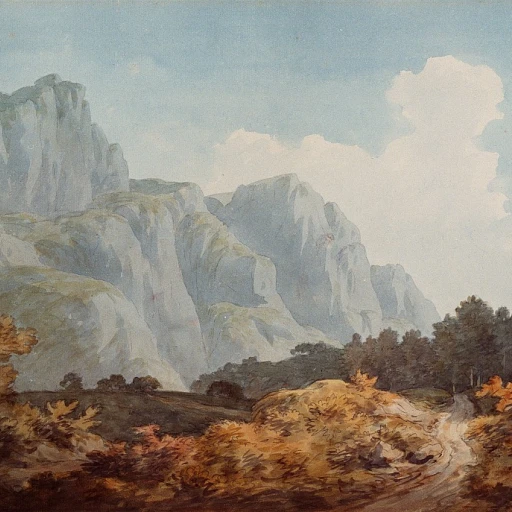
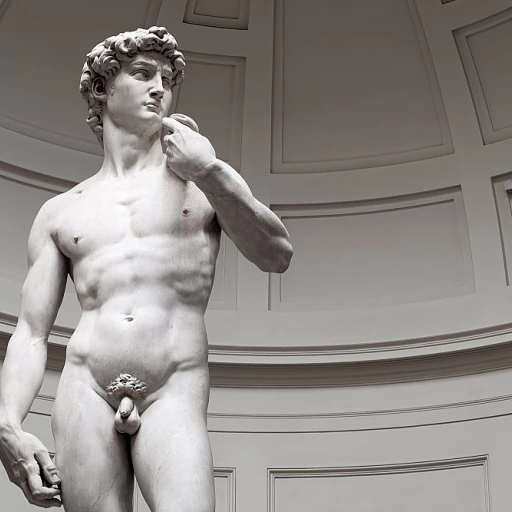
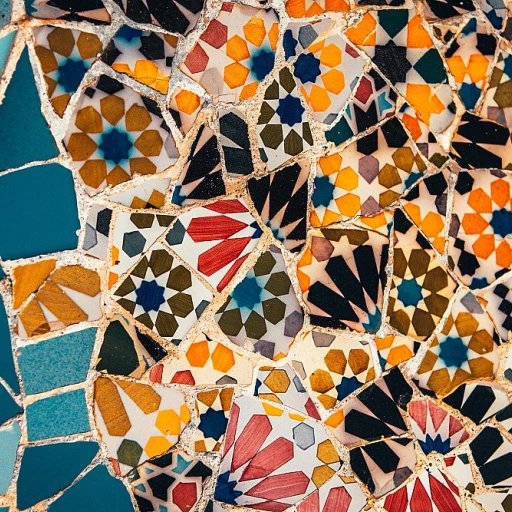
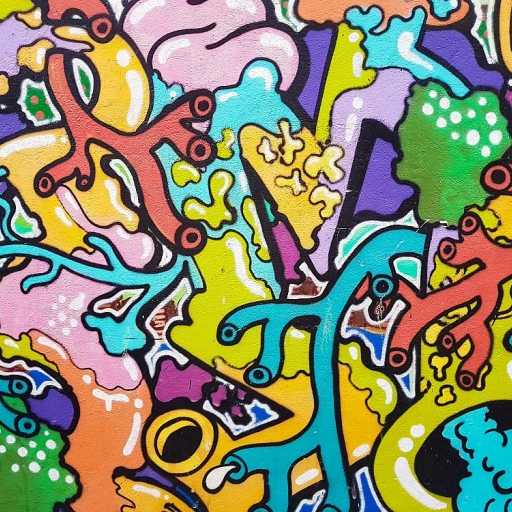
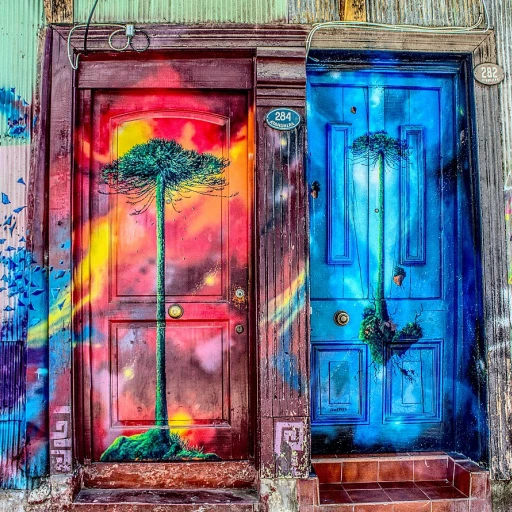
-large-teaser.webp)
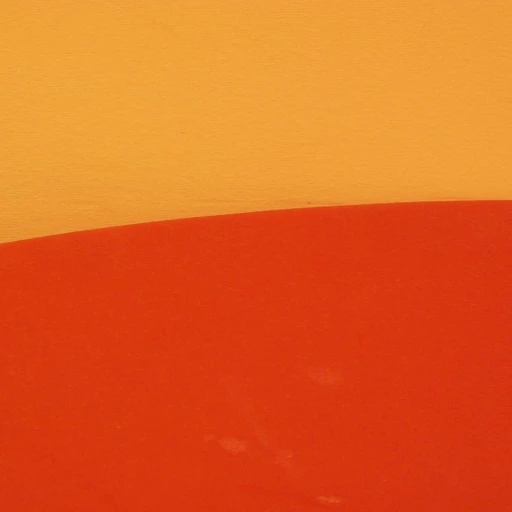
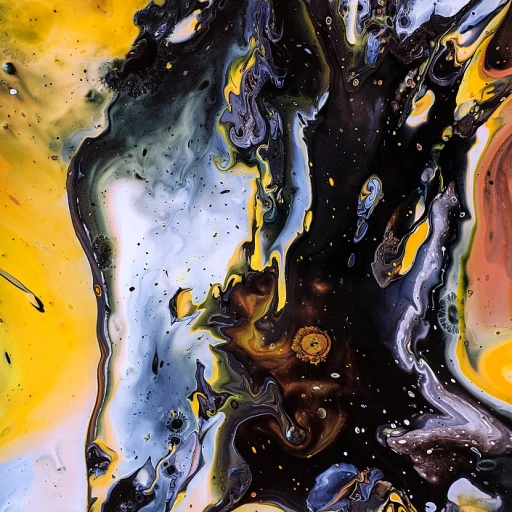
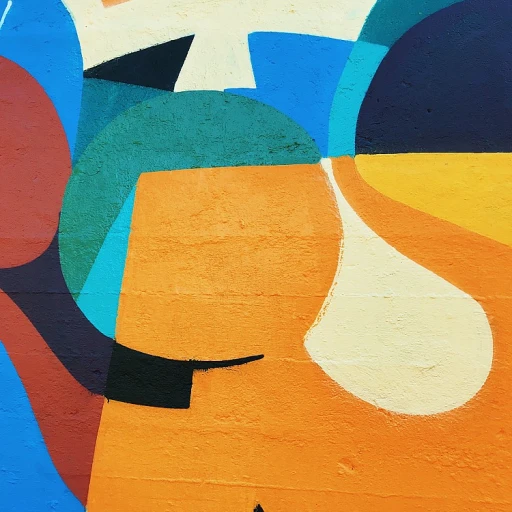
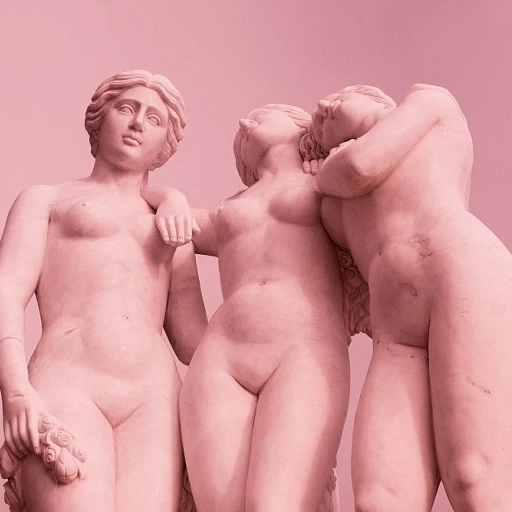
-large-teaser.webp)